A roof’s lifespan depends on materials, climate, maintenance, and more. Asphalt shingles last 15–30 years, while metal and slate cost more but may last up to 100 years. Inspections, repairs, and ventilation can help your roof last longer, but curled shingles, leaks, and mold mean it’s time for a replacement. Residential roof restoration treatments like Roof Maxx’s soy-based treatment can extend the life of asphalt shingle roofs by up to 5 years for 80% less than the cost of replacement.
| Time to Read | 15–18 minutes |
| What You’ll Learn |
|
Your roof’s life expectancy might not be top of mind, but it’s a serious issue for all homeowners and business owners. Just think of everything your roof protects from the elements, particularly the people most important to you. You need a strong roof overhead.
Of course, all things tend to wear out and weaken over time, and your roof is no exception. So, how long does a roof last? Even the strongest materials have limited lifespans, no matter how much they cost or how well they were installed.
The question of how long a roof is good for depends on several factors, including the materials used, installation and maintenance methods, and the climate in which you live. We’ll examine each of these factors, and tell you how Roof Maxx can help extend the life of your roof, in this guide.
How long your roof lasts depends on so many factors. Here’s what roofing industry experts look at first when they’re making a recommendation.
Some roofing materials are more durable than others. For example, a metal roof lasts much longer than an asphalt roof.
Not all materials are made to last. Low-quality roofing materials lead to a lower roof life expectancy. Although higher quality materials typically cost more, it’s usually worth it in the long run.
Sometimes, the color of the material can affect your roof’s lifespan. Lighter colors are generally recommended in warm climates because dark materials absorb more heat. When shingles get too hot, it’s detrimental to their life expectancy.
A poorly installed roof will not last as long as one that’s properly installed. Check your contractor’s reviews online and ask for references. Ensure your roofing contractor is licensed and insured.
Underlayment is a waterproof barrier underneath your roof that adds extra protection in case the roof is damaged. The quality and type of underlayment can also affect your roof lifespan.
Underlayment is a waterproof barrier underneath your roof that adds extra protection in case the roof is damaged. The quality and type of underlayment can also affect your roof lifespan.
Sun, wind, rain, snow, and hail can all damage your roof and shorten its lifespan. Wind can rip away shingles, and hail can tear them up. Rapid temperature changes can also wreak havoc on your roof. Tree branches can cause damage by rubbing against the shingles or falling on them during a storm.
Proper ventilation helps the roof maintain an even temperature, reducing the damage from extreme heat or cold.
Overhanging trees can rub against roof surfaces and clog gutters with leaves. The impact of falling branches can also cause damage.
Dust, pollen, mold spores, industrial pollutants, and salt spray can accelerate the deterioration of roofing materials.
Frequent walking on the roof can cause physical wear and tear, shortening its lifespan. If possible, clean or inspect the roof from a ladder.
Birds, insects, or small mammals often burrow and nest in roofs, creating holes. Their acidic droppings may also damage your roof’s structure and materials.
Algae and moss may collect moisture against the roof surface, leading to rot and deterioration of roofing materials, especially in humid climates.
Regular roof maintenance helps extend the life of your roof. Inspect the roof annually to check for signs of damage. If you can identify problems in the early stages, you can get them fixed before they become major issues.
The primary factor determining how long a roof will last is the material from which it’s made. On the lower end are asphalt shingles, some lasting longer than others. At the high end are copper and slate roofs, which can last for over half a century. Some even last up to 100 years.
The more durable the material used for a roof, the more expensive those materials tend to be. We’ll look at how long each type of roof lasts and how much you can expect to pay. That way, you can do the math to determine what you truly get in return for the roof you buy.
Read More: Metal vs. Asphalt Shingles for Your Roof: Pros & Cons
We can broadly divide types of roofing materials into shingle roofs and metal roofs. While materials like copper can be installed in the form of shingles, metal roofing is a category unto itself.
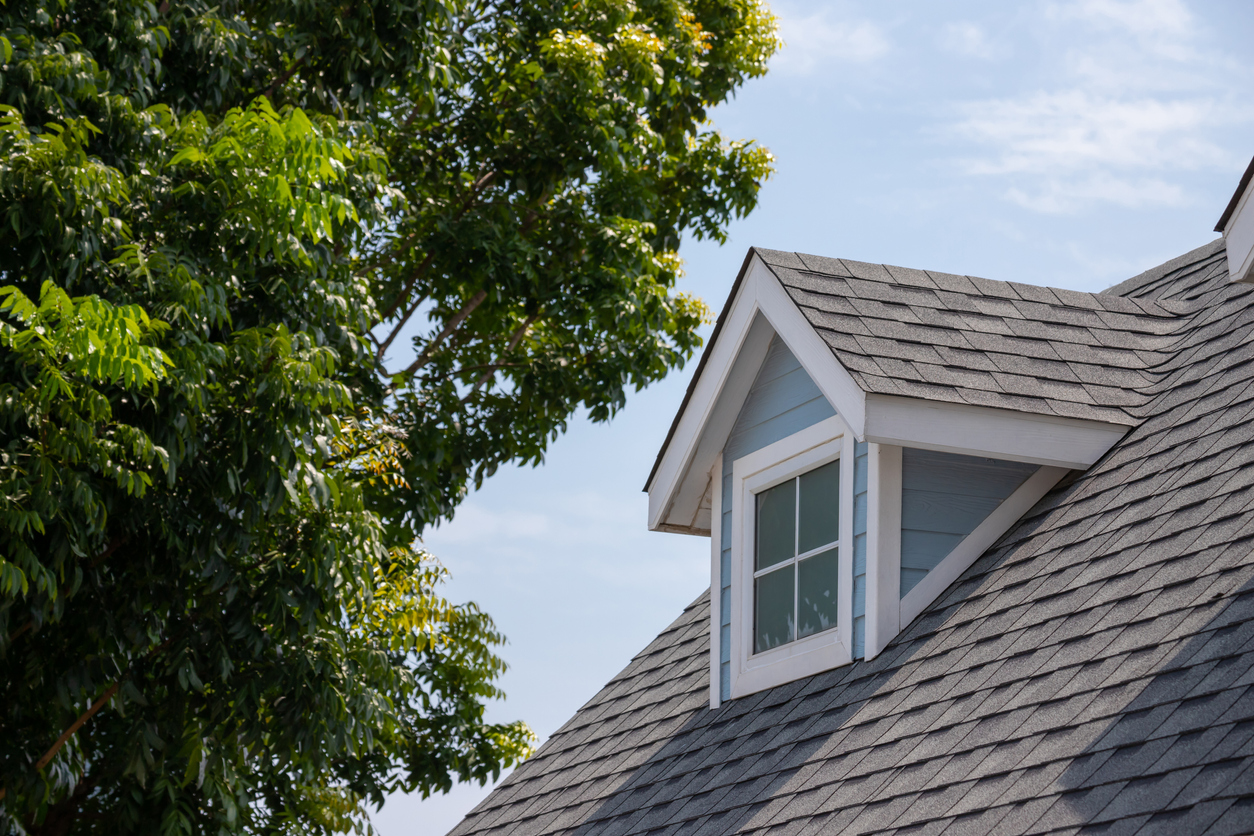
| Lifespan | Features | Best Suited For | Cost | |
|---|---|---|---|---|
| Asphalt Shingles | 15–30 years |
|
Areas with varying weather and seasonal changes | $3.50 to $5.00 per square foot |
The average lifespan of an asphalt shingle roof is up to 30 years, but the exact figure will depend on the type of asphalt shingle you use. They don’t last as long in warmer climates and are better suited to the cold.
These are the most affordable type of roof shingle. In the right conditions and with proper maintenance, they can last 10 to 15 years. These are made from a fiberglass base topped with mineral granules that disperse and reflect the sun’s rays.
3-tab shingles are also lightweight, easy to install, and offer a clean appearance. That makes them ideal for homeowners on a tight budget.
These asphalt shingles have a multi-dimensional texture and appearance. They’re extremely durable, lasting 20 to 25 years. They’re made of 2+ layers of shingles to provide added strength, which means they do cost more than 3-tab shingles.
Top-of-the-line luxury asphalt shingles offer even more benefits with multiple dimensions that deliver maximum durability. One perk is that they’re designed to look like natural slate shingles or cedar shake shingles but cost much less.
Luxury shingles are designed to be strong and wind-resistant, so they’re popular for homes in Tornado Alley and on the hurricane-prone east coast. They’re also ideal for homes that see a lot of large hail.
| Lifespan | Features | Best Suited For | Cost | |
|---|---|---|---|---|
| Clay Tiles | Up to 50 years |
|
Hot climates, homes with strong structural support | $700 to $1,000 per 100 square feet |
Clay roof shingles are commonly designed in a Mediterranean or Southwestern style. They’re a very popular roofing material for older Victorian homes because they closely mimic vintage slate. They come in either glazed or unglazed finishes and shapes like flat, fluted, and interlocking designs.
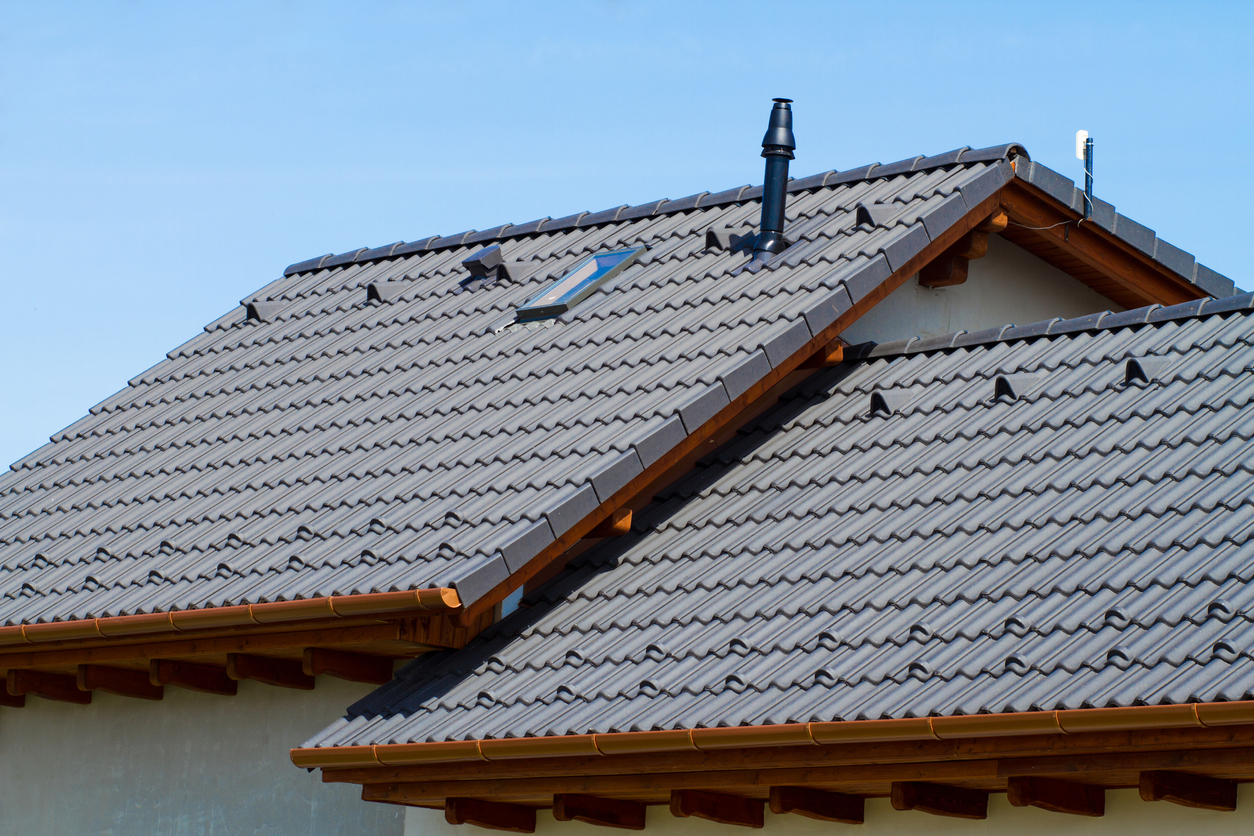
| Lifespan | Features | Best Suited For | Cost | |
|---|---|---|---|---|
| Concrete Tiles | ~50 years |
|
Any climate with proper roof support | $300 and $500 per 100 square feet |
Concrete roof shingles can be simulated to look like just about any style you prefer. They can withstand wind speeds of over 125 miles per hour and exceed most seismic load requirements. You can install concrete just about anywhere as long as your home has the structural integrity to support it.
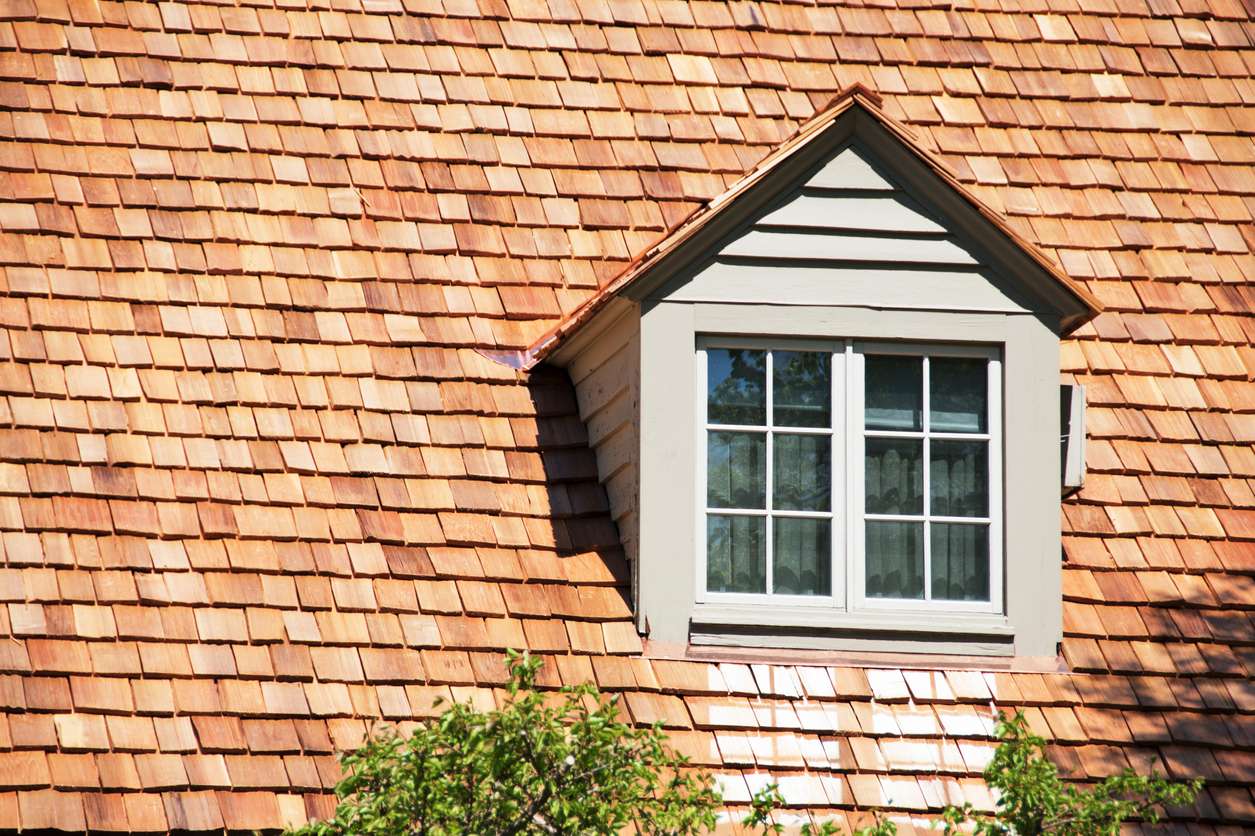
| Lifespan | Features | Best Suited For | Cost | |
|---|---|---|---|---|
| Wood Shingles | 30–40 years |
|
Moderate climates, rustic or traditional home styles | $450 to $900 per 100 square feet |
Cedar or wood roof shingles are different from wood shakes in that they’re more precisely milled and have a more refined appearance. They provide a lovely rustic appearance common on Craftsman-style homes and are very common in the northeastern U.S. despite the fact that salt can affect the longevity.
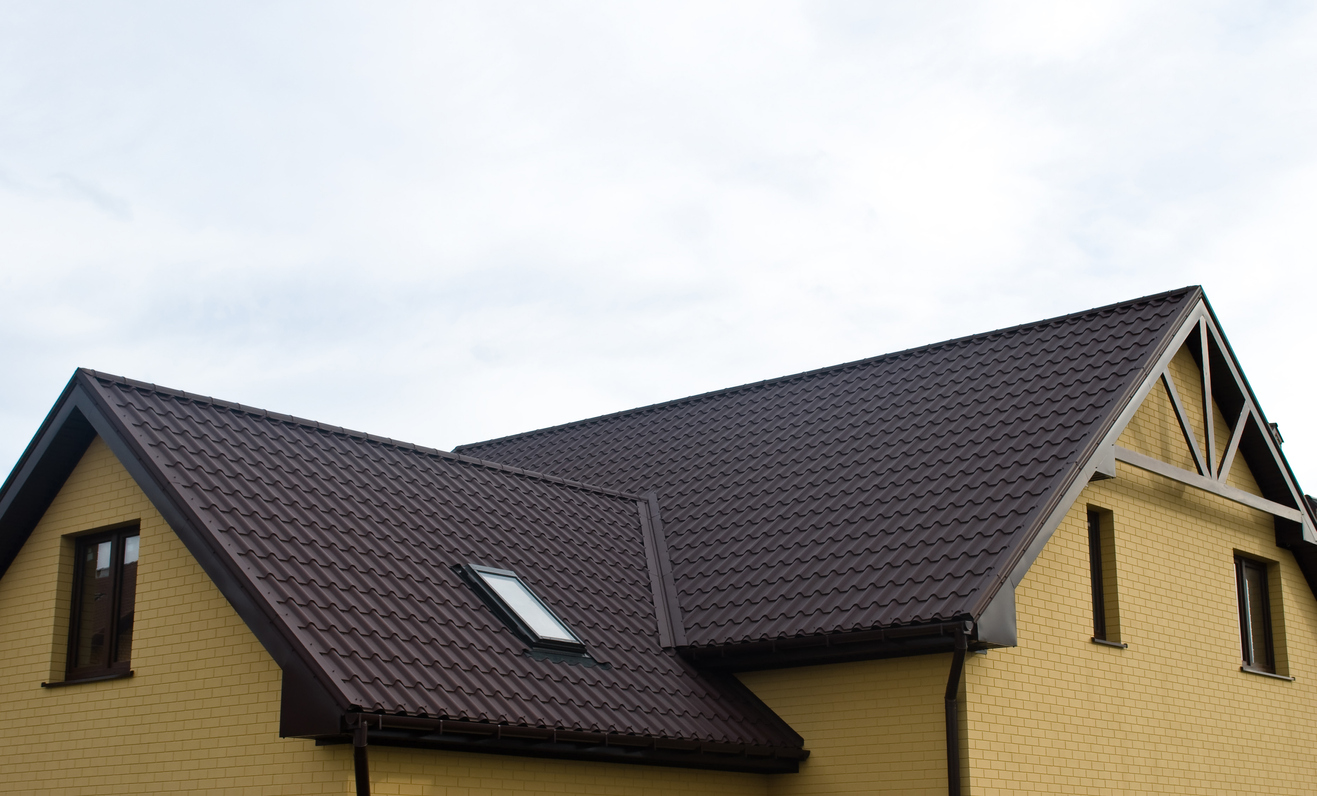
| Lifespan | Features | Best Suited For | Cost | |
|---|---|---|---|---|
| Composite Shingles | 20–50 years |
| Homes needing balance of cost and durability | $575 to $1,350 per 100 square feet |
Composite roof shingles are made from a fiberglass-reinforcing mat coated with asphalt and mineral fillers. They work well in all conditions if maintained properly, but rainy and icy conditions can sometimes weaken them, cause cracking, or even dislodge them.

| Lifespan | Features | Best Suited For | Cost | |
|---|---|---|---|---|
| Modified Rubber Shingles | ~30 years |
|
Regions with extreme weather | $400 and $800 per 100 square feet |
Rubber roof shingles can be manufactured to look like any type of roofing material. Since they’re made from old rubber tires, they’re a very eco-friendly option. You can expect this shingle type to be lightweight, easy to install, and relatively inexpensive.
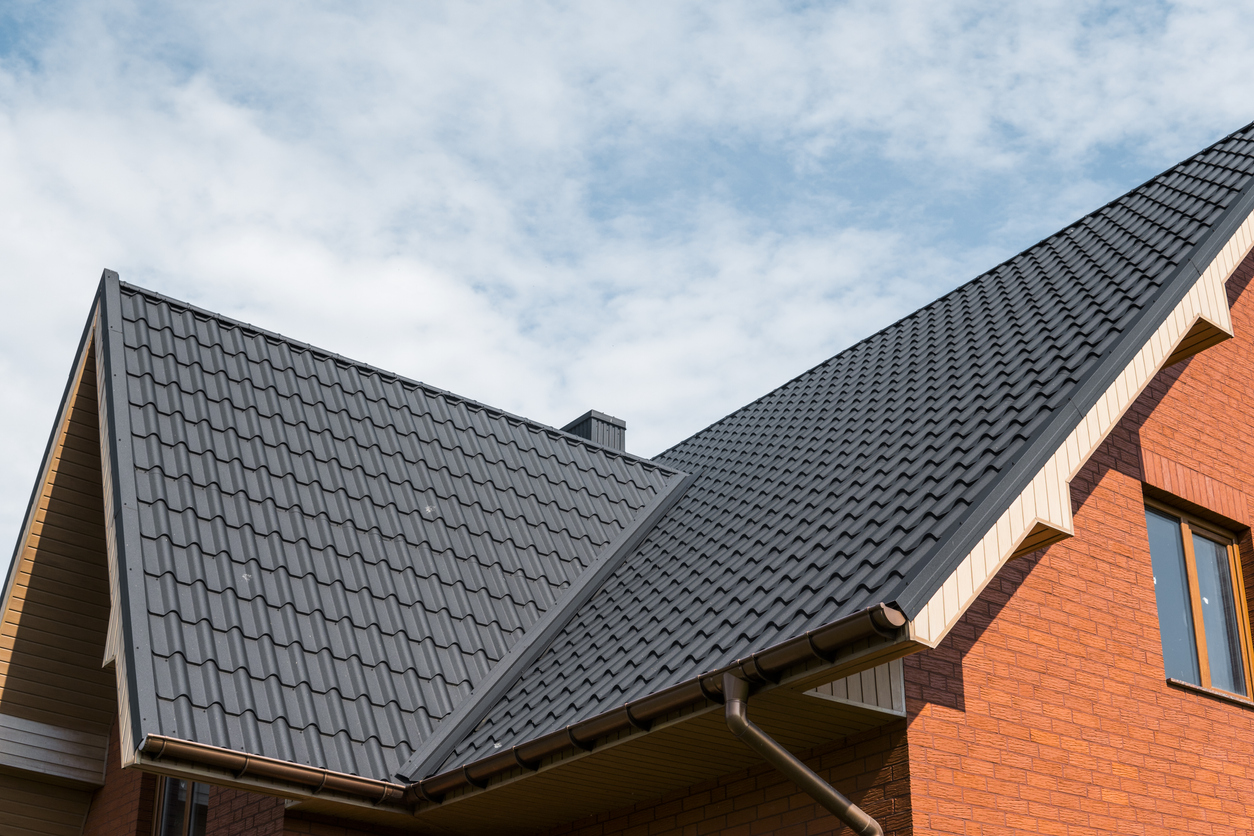
| Lifespan | Features | Best Suited For | Cost | |
|---|---|---|---|---|
| Metal Roofs | 60–100 years |
| Severe weather zones, energy-efficient home upgrades | $300 per 100 square feet |
When people talk about “metal” roofs, they’re typically talking about roofs made from steel with either a galvanized zinc or galvanized aluminum coating. One of the main drawbacks associated with this option is that it can corrode if exposed to sea salt spray. Perks like being able to install them directly over old asphalt shingles make them particularly desirable for older homes in need of a refit.
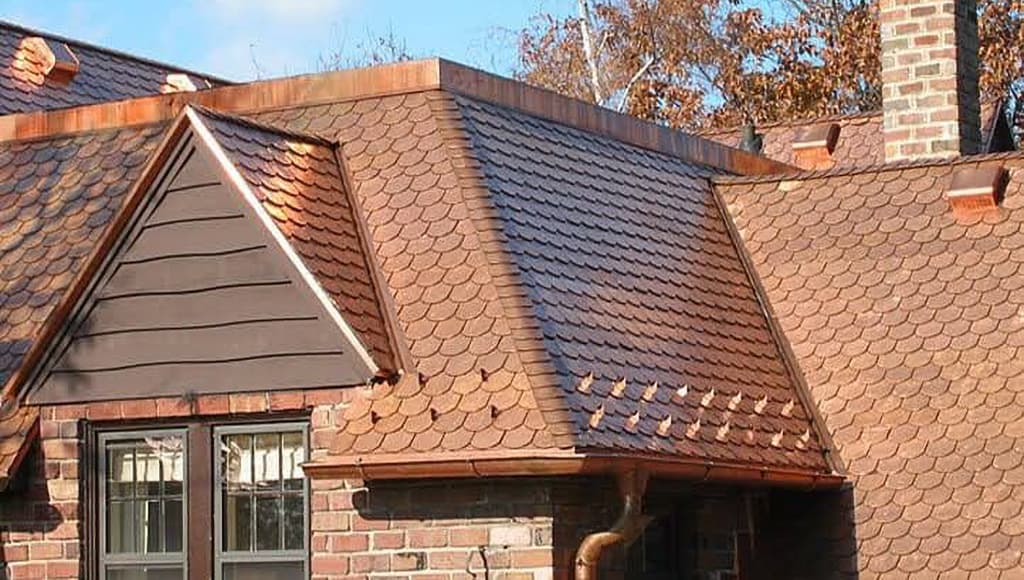
| Roofing Material | Lifespan | Features | Best Suited For | Cost |
|---|---|---|---|---|
| Copper | 60–100+ years |
|
Estate homes and other landmark buildings | $1,100 to $1,500 per 100 square feet. |
Copper roofs are highly sought after for their top-of-the-line look and the fact that they increase the value of most homes. The metal isn’t coated or painted, so a beautiful patina develops naturally over time. This doesn’t affect the durability. The biggest drawback is that copper can be very expensive to install.
| Roofing Material | Average Lifespan | Key Features | Best Suited For | Cost |
|---|---|---|---|---|
| Slate | 75–100+ years |
|
Historic or luxury homes | $1,600 per 100 square feet |
Experts say slate roofing can last over a century when properly installed, but it is extremely heavy, so some homes need structural reinforcement beforehand. While it is undeniably beautiful, not every roofer has the experience or knowledge to install it properly—and a bad install can be disastrous.
Replacing a roof is a big decision and a significant investment. It costs a lot of money and involves many options to sort out. Things to consider when replacing your roof include:
Factoring in points like these helps ensure you find the best possible solution for your needs.
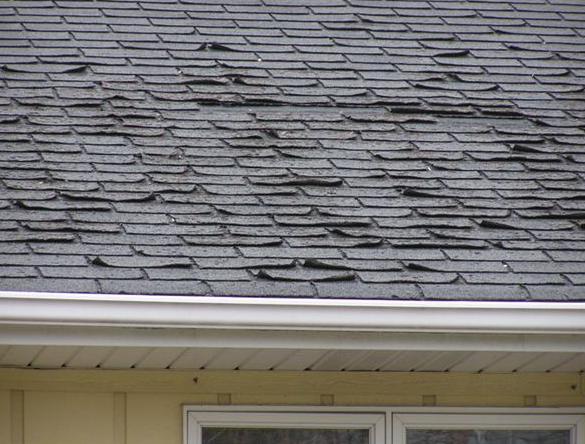
A few decades ago, manufactured shingles were much heavier because they contained a higher percentage of asphalt. Today’s shingles contain more crushed limestone filler, making them lighter and less effective despite the fact that warranty times have increased to around 30 years to life.
This problem is so serious that even Bob Vila has spoken out about it. Lawyers have filed Class action lawsuits on behalf of many homeowners across the country who have had their asphalt-shingle roof fail in as few as six years after installation.
Cost-cutting by shingle manufacturers leads to failures like blistering, buckling, and leaking, and the price tag for repairs can be very high. Many homeowners find themselves shocked to realize the coverage only replaces the shingles themselves, not labor costs or damages related to failures.
If you have an asphalt shingle roof showing signs of a defect well before the warranty is up, you may be the victim of shoddy manufacturing. To mitigate the issue and keep costs down, here’s what you can do:
Regular maintenance and care is also essential. Even if your roof is new, it still needs a little TLC every so often to keep it looking and performing at its best.
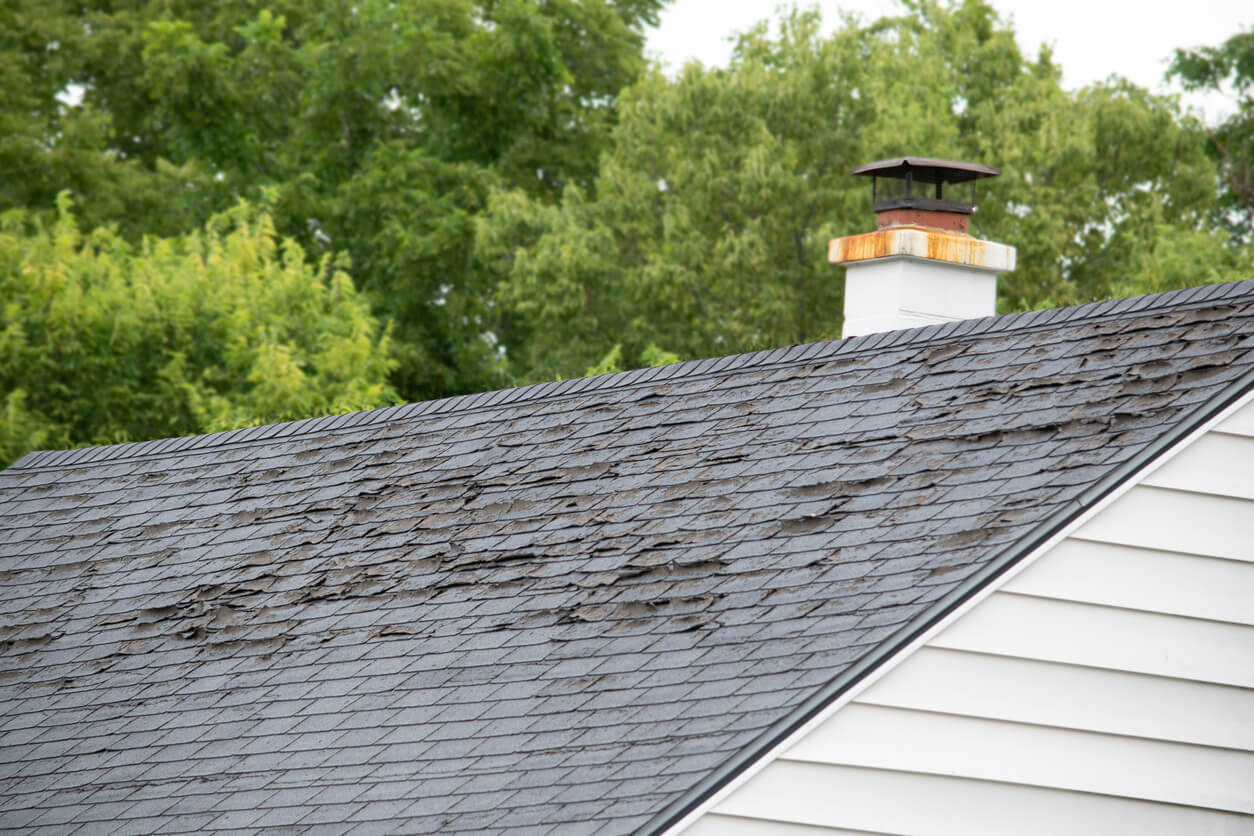
Roof replacement is expensive, but it’s a bad idea to put it off. The consequences include increased energy bills, water damage, mold, pest infestation, decreased property value, and more. It’s best to replace it before the situation gets much worse. Look for these warning signs to avoid disaster.
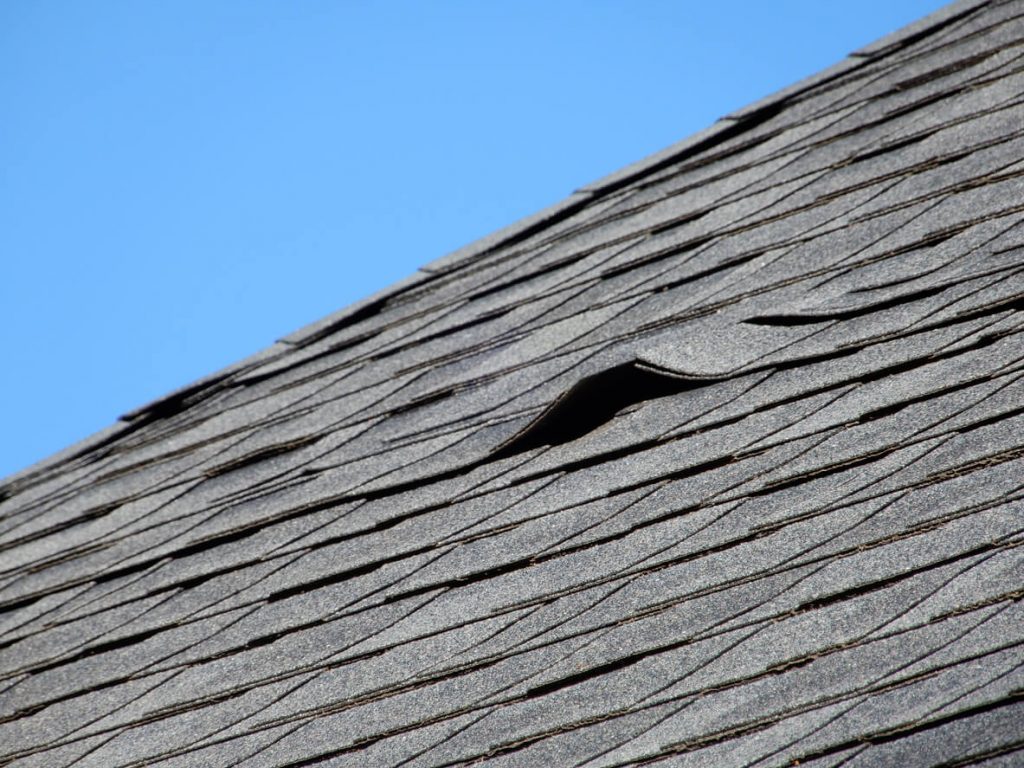
This can occur simply from age or extreme weather but also from poor roof ventilation, insufficient binders, or bad manufacturing or installation.

If you see dark stains on the top or underside of the roof, the roof is likely leaking and causing moisture damage. This is terrible not only for the roof but also for your home’s interior structure.
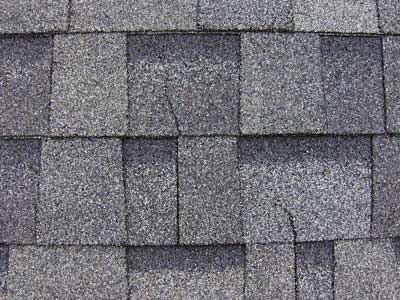
Cracks are easy to see, but if you’re unsure if the roof is sagging, use a broom to lightly push at the suspected spot. If it’s wet or moves, you need a new roof immediately.
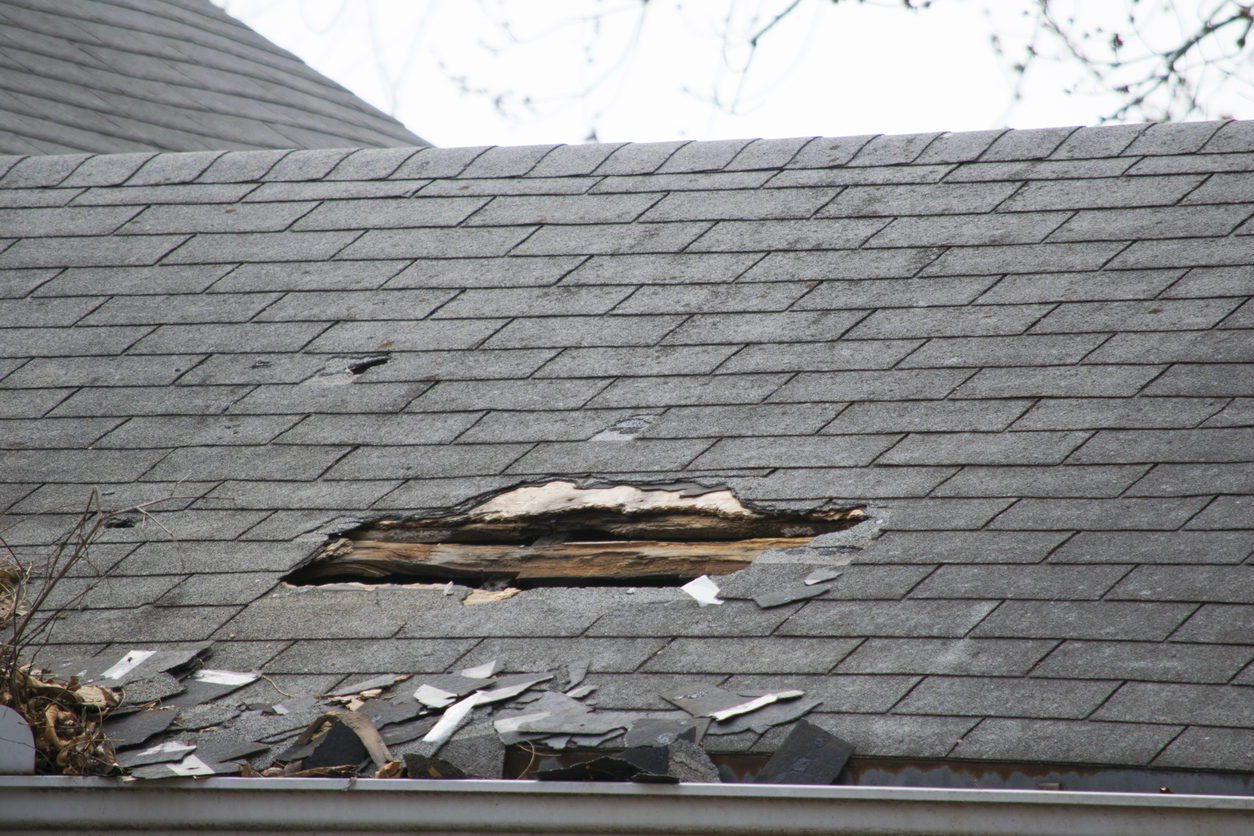
Rot and mold retain moisture and can quickly get out of control, weakening your structure.
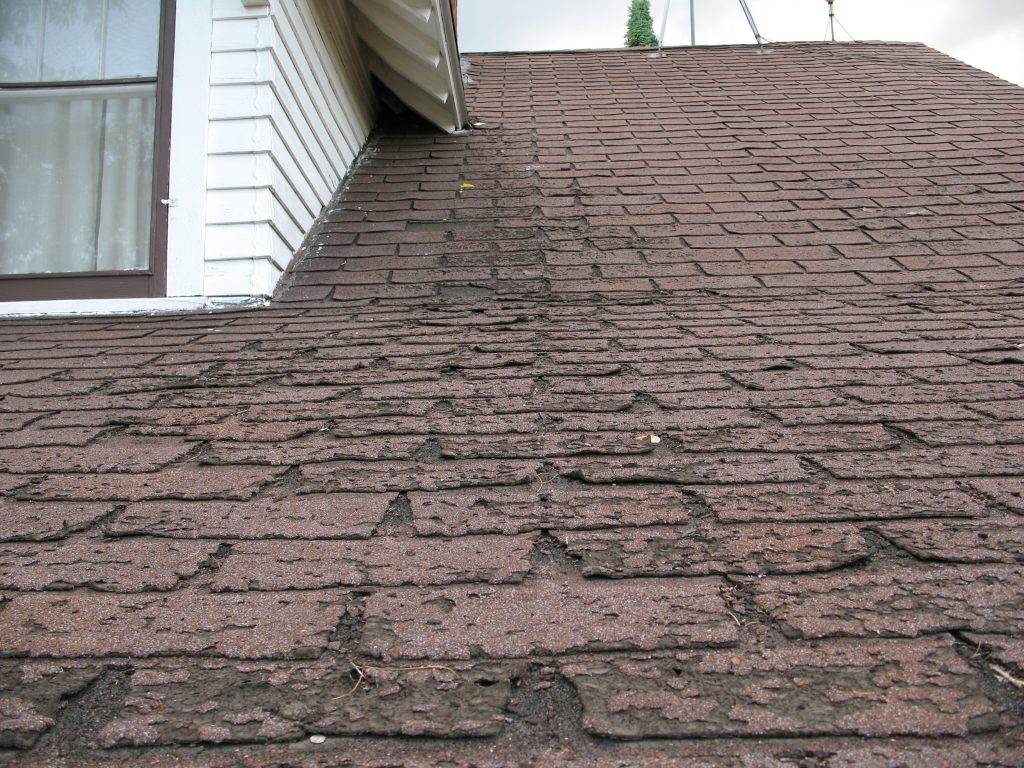
Granules help deflect heat and water away from your home. If enough come off to leave bare spots on your shingles, the roof will be more susceptible to problems.
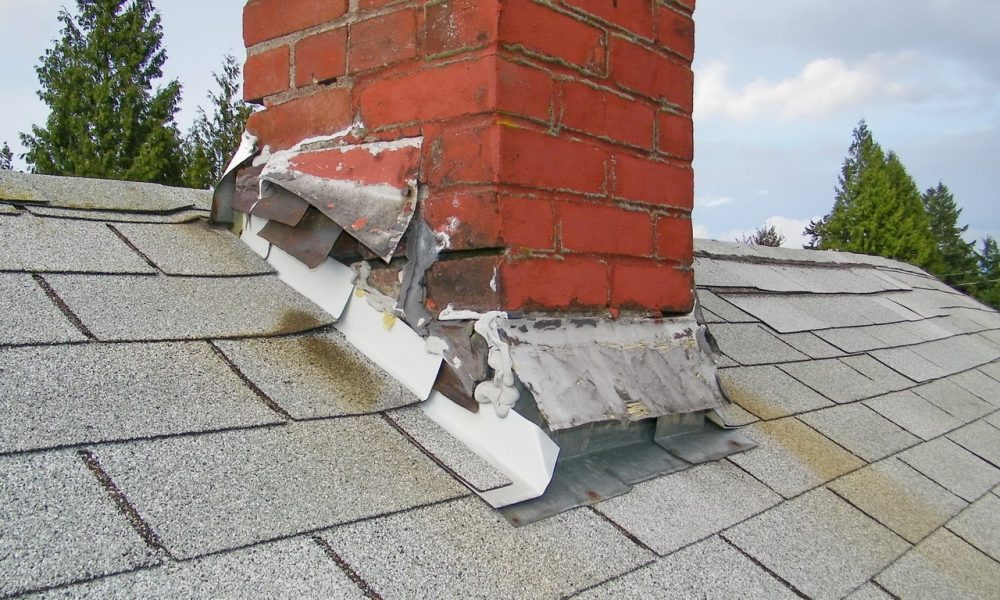
Flashing is the metal that is applied around joints, such as where the chimney meets the roof. Damage to the flashing allows water to seep in underneath the shingles, damaging your home’s infrastructure.
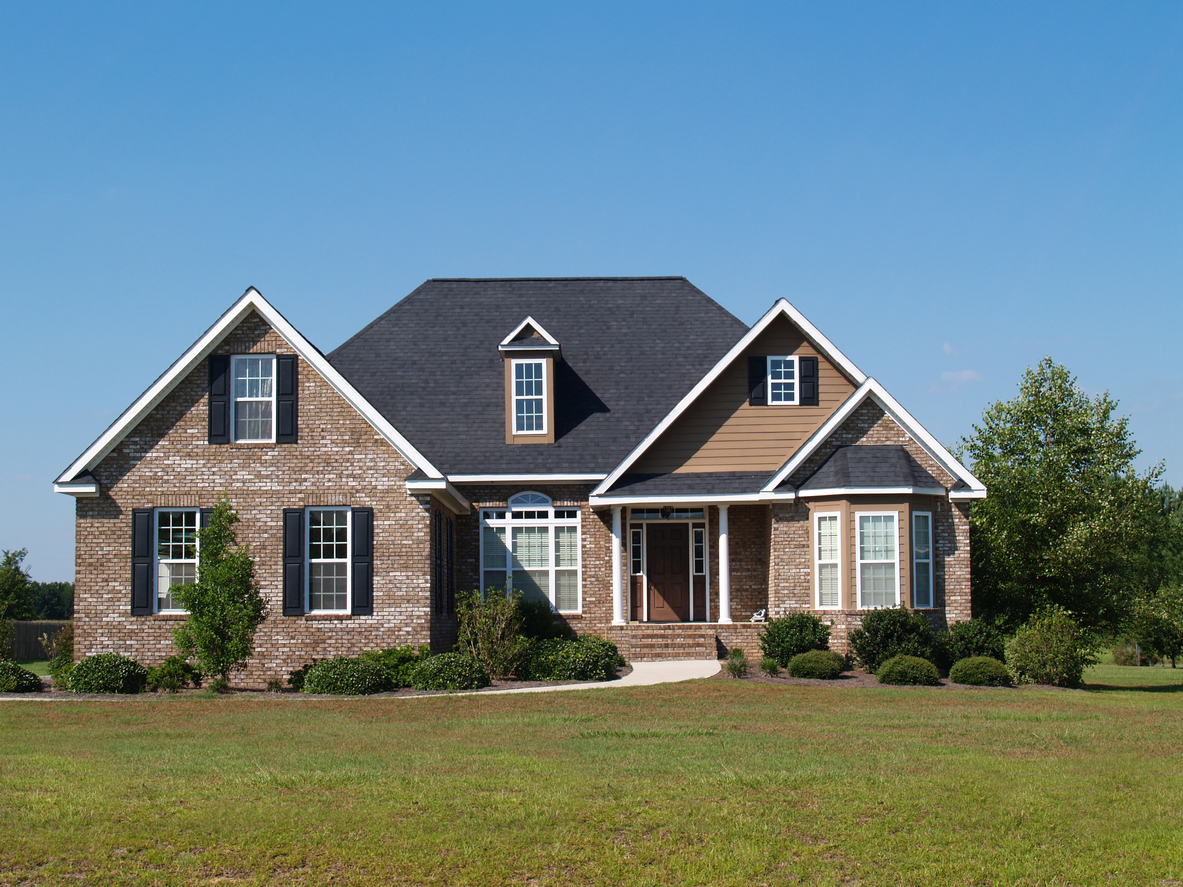
Homes in the same neighborhood are often constructed around the same time. It’s common for every house on the block to need a replacement at the same time.
In addition to being cost-effective, asphalt shingle roofing is easier to install than many other types of roofing. That helps reduce the time and cost of professional installation. It also means you can consider replacing the roof yourself, though many steps are involved to ensure you get it done right.
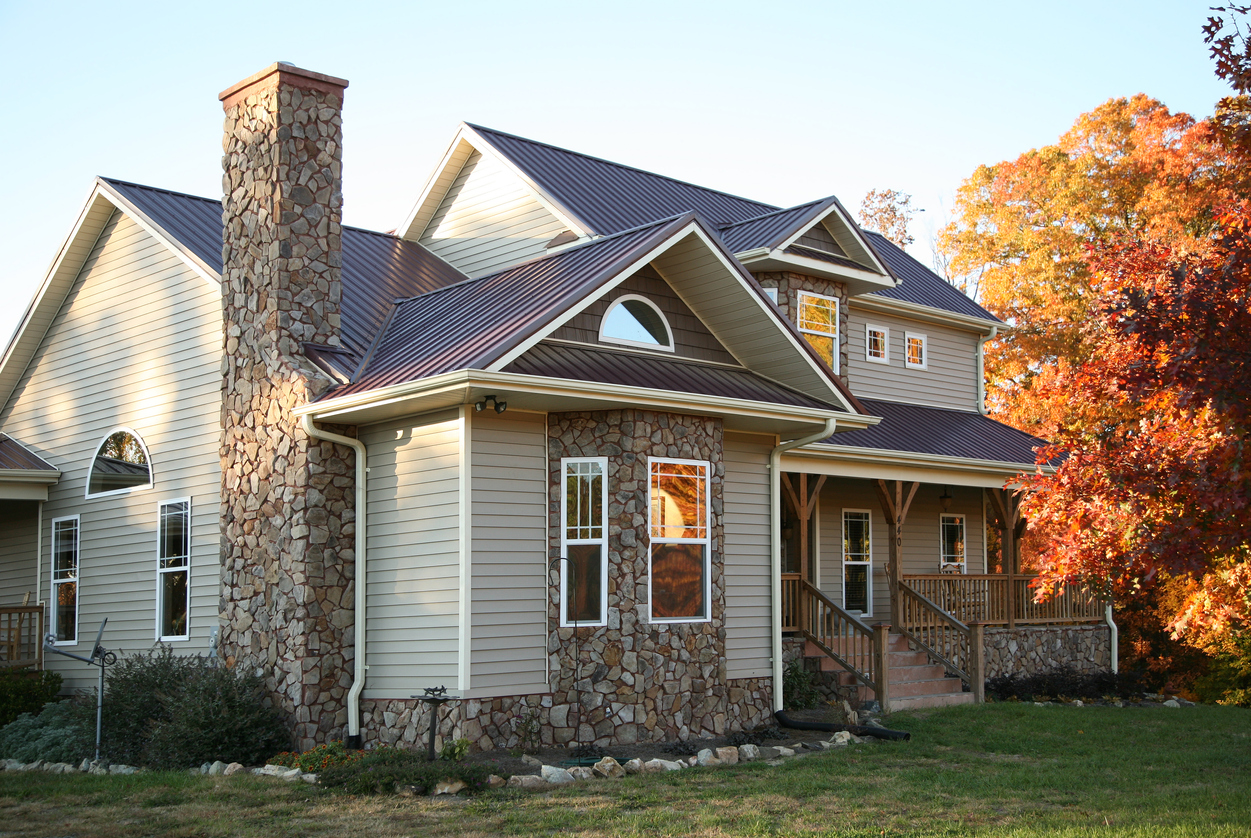
Since replacing your roof can be a significant investment, it pays to know how to make it last longer. Other than choosing the right type of roof shingles for your climate and not just for budget or aesthetics, here are five ways to extend the life of your shingles:
The most effective way to add life to your asphalt roofing is to restore it with Roof Maxx’s scientifically formulated, all-natural oil treatment. Roof Maxx contains millions of microbeads of all-natural oil that penetrate your old shingles to restore their flexibility and waterproofing protection.
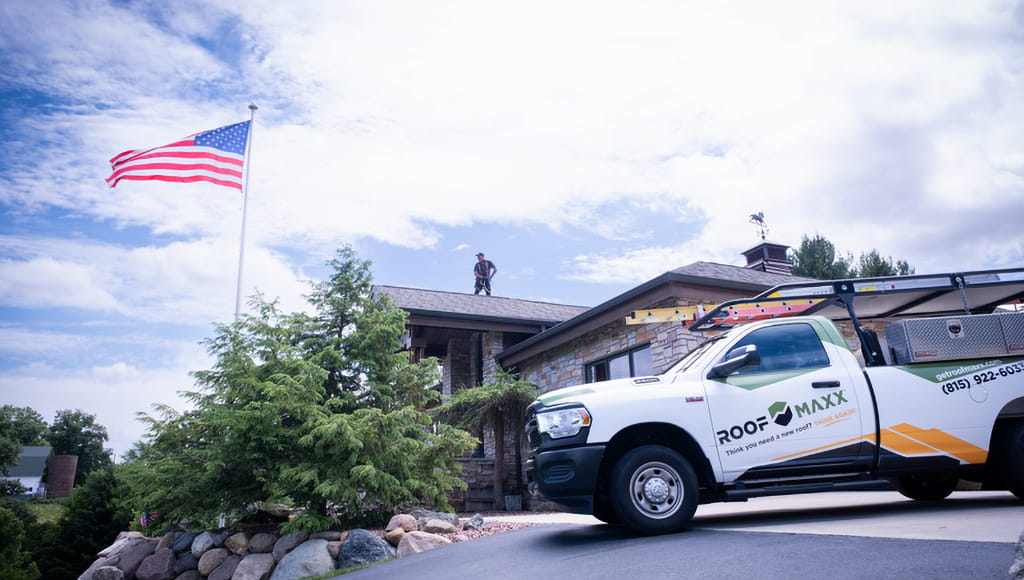
Asphalt shingles that were once dry and brittle can function like new again with Roof Maxx’s innovative roof rejuvenation solution. A single application may extend the life of your roof by up to 5 years for a fraction of the replacement cost.
Choosing the right roof and knowing how to make it last longer with strategies like Roof Maxx treatments will help you get the most mileage from your roof. That’s the best way to protect your entire home from the harsh weather, insects, and other pests.
Contact Roof Maxx today to learn how to make your asphalt roof last up to 15 years longer.
Still wondering, “How long does a roof last?” Check out the Q&As below for answers to the most common questions homeowners have about their roofs.
Lighter-colored roofs typically last longer than darker ones. Lighter colors reflect more sunlight and absorb less heat, reducing thermal damage and the degradation of roofing materials.
Metal roofs are the longest-lasting and most cost-effective roofing option because it lasts up to 60+ years with only minimal maintenance. It’s durable against most weather conditions, which is what makes it such a cost-effective option for long-term savings despite the fact that it’s more pricey to install.
Late spring to early fall is generally the best time to replace a roof. During these months, the weather is typically milder and drier, ideal for roofing installations. Cooler temperatures make it easier for installers to work, and the lower likelihood of rain or snow can help ensure they can complete the project without weather-related delays.
With our five-year, transferable warranty, you’ll enjoy the peace of mind that your roof and entire home are protected.